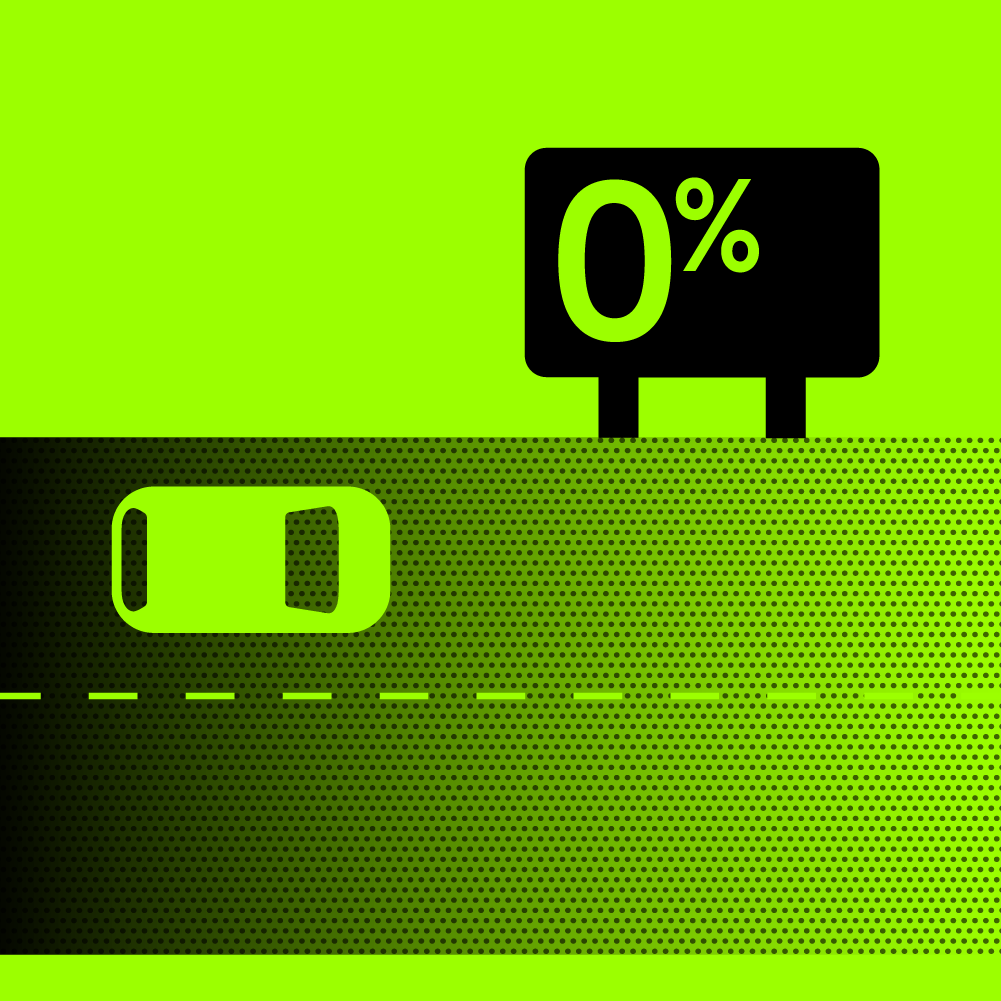Technologies that reduce the accident risks
The motorways of the future will be fully automated and will accommodate more vehicles because traffic flows and speed will be monitored by road sensors that will dialogue with the self-driving systems of cars.
Travelling by car as if you were on a train or a plane, relaxing with your eyes closed and listening to music on headphones, or enjoying the view out the window; or even, for the workaholics, using the time of a long journey to fix a presentation or proofread a report, all with the flexibility of the car. This is the ambition of autonomous driving, a prospect that both fascinates its admirers, eager to embrace the future as soon as possible, and generates scepticism in the people who refuse to give up driving their vehicles and delegate it to a set of technological devices.
Like any innovation with the potential to become a “game changer” in a given sector, autonomous driving polarises opinions; however, while everyone legitimately decides which faction they support, research is advancing apace and the prospect of cars capable of doing without a driver altogether is getting closer and closer.
Learning the different levels of autonomous driving
Almost all cars on the market are already equipped with some form of driver assistance. These systems, commonly known as ADAS (Advanced Driver Assistance Systems), are based on a complex network of sensors and actuators controlled by a computerised ‘brain’, capable of improving driving comfort but especially safety on board, while minimising human error. Some of these systems have been made mandatory in the European Union for newly type-approved cars from July 2022. These include Intelligent Speed Assistance (ISA); driver inattention and fatigue warning; Automatic Emergency Braking (AEB); Emergency Lane Keeping System (ELKS); and the Event Data Recorder (EDR), a kind of black box capable of recording vehicle performance and driver behaviour. These systems meet the minimum legal requirements, but each car manufacturer is developing its own technologies. For the time being, however, we are still talking about assisted driving systems, because they all involve the active participation of the driver.
While assisted driving is now a reality, it is still too early to see autonomous vehicles on our roads. The goal of autonomous driving – where the driver and even classic driving instruments such as the steering wheel and pedals are no longer necessary – is the holy grail of car manufacturers and is the culmination of a step-by-step path defined by SAE International (Society of Automotive Engineers), a standard-setting body in the automotive industry.
The classification includes six levels, from level 0 (no autonomy) to level 5 (full autonomy), defined according to the functions the car can perform autonomously and the role of the driver. Level 0 basically corresponds to older generation cars without any automatism. Levels 1 and 2 (basic and advanced assisted driving) are those including many of the cars currently on the market. They offer some automatisms (such as Adaptive Cruise Control, which can manage vehicle speed while maintaining a safe distance from those ahead) but require the driver to be ready to take action when needed. With level 3, the car starts to become truly autonomous, but we speak of captive autonomy, with the driver having to be able to regain control of the vehicle whenever necessary. Cars equipped with Traffic Jam Assist, the system that can take almost total control of the car in stressful situations for the driver, such as traffic jams, are part of this group. Levels 4 and 5 are similar as the car is fully autonomous and there may be no pedals or steering wheel; however, at level 4 this may only occur when certain conditions arise, while at level 5 under all conditions.
Today, level 4 autonomous driving is being tested, for example with robotaxis in some American cities. The autonomous car also poses problems that have not yet been fully resolved, such as liability in the event of an accident. The SAE classification stipulates that for levels 0-1-2, liability shall fall exclusively on the driver, but from level 3 and especially levels 4 and 5 (where the driver becomes a passenger) there can at least be co-liability on the part of the manufacturer; however, there is still no international regulation on the subject.
The advantages of self-driving cars
An English humourist said that “the best car safety device is a rear-view mirror with a cop in it”. Statistics show that 90% of accidents are fully or partially caused by human error. Therefore, the introduction of systems capable of eliminating or minimising the margin of error can clearly be decisive in reducing the number of car accidents and fatalities.
Although, as we have seen, it will still take some time before we get to fully autonomous cars, the increasingly widespread presence of driver assistance systems is already helping to reduce accidents and save lives. Between 2006 and 2020, the number of deaths from road accidents on the Autostrade per l’Italia network dropped by 74%, partially thanks to the gradual introduction, between 2006 and 2009, of the Tutor system that monitors the maximum and average speed of vehicles. If all cars on the road in Italy today were equipped with minimal driver assistance systems, the overall number of road accidents could fall by 14-16%. This is why the EU has adopted the world’s most advanced Driver Assistance System standards: the systems mandatorily introduced on all newly type-approved cars are expected to protect passengers, pedestrians and cyclists throughout the EU, saving more than 25,000 lives and preventing at least 140,000 serious injuries by 2038.
Among the most significant ADAS in terms of safety are those capable of detecting the pressure of the foot on the brake pedal and intervening on the driver’s behalf to brake in the presence of obstacles such as pedestrians or cyclists; adaptive cruise control which, by managing speed according to the cars ahead, reduces the risk of rear-end collisions; systems warning drivers as they cross their lane or able to actively intervene to maintain it; those monitoring the vehicle’s blind spots, reducing the risk of reckless manoeuvres, for example when overtaking.
Finally, autonomous cars also entail long-term sustainability benefits since, also by integrating with smart roads, they can reduce traffic congestion and lower emissions through smoother driving and maintaining a constant cruising speed.
Integrating self-driving cars with digitised motorways
The technological evolution that will pave the way for autonomous driving goes hand in hand with another important factor: the so-called digitisation of roads and – above all – motorways. The current motorways already integrate different technological systems designed to make them more efficient and safer: think of the Telepass system that has eliminated queues at toll booths, of the sensors monitoring traffic and helping manage it, of the systems that detect road accidents, and of the tools for predictive infrastructure maintenance.
The next step is to create an ecosystem where smart roads will be connected with self-driving cars and provide the ideal environment for them to operate. Essentially, the motorway of the future will be fully automated, able to accommodate more vehicles because traffic flows and speeds will be monitored by road sensors that will interact with the self-driving systems of the cars, and will be a more sustainable and safer infrastructure, where traffic will be smoother, accidents will be greatly reduced due to the elimination of human errors, and pollutant emissions cut by at least 10-20%. The technological evolution projects such as the Mercury Programme, in which Autostrade per l’Italia plans to invest considerable amounts of money over the next few years, aim to achieve this scenario. For a new standard of travel, and a new way of enjoying it.























